There are many different types of lasers. [citation needed]
UV, visible, infrared, Terahertz.
Nanowatts, milliwatts, kilowatts.
Lasers for industry, laser for medicine, lasers for telecommunication.
Every laser system has a purpose. The laser must be measured to ensure it functions properly and fulfills its goal (whether it be cutting steel, correcting ones vision, or communicating information at high speeds.)
There are two main technologies used to measure laser power:
Low power (pW, nW, μW) lasers are measured with photodiodes and higher power ones (milliwatts to kilowatts) are measured with thermal laser power meters.
However, neither of these provide a solution for low power in the mid- and far-infrared areas. Silicon photodiodes are usually only good up to around 1.1 μm, and Germanium detectors can extend this to about 1.8 μm. Past this, however, there are fewer solutions.
Lasers that we can measure
This graph contains (almost) all the power sensors Ophir has: thermal sensors cover the blue area and photodiodes are in the red box. You can see that there is significant overlap between them (PDs can measure up to a few Watts, and some thermal sensors can measure microwatts). However, there are also significant gaps: mainly in the low power IR realm, but also in the deep UV (below 200 nm):
How can we bridge the gap?
One option is to start employing specialized photodiodes that have a response to these wavelengths. However, this tends to increase the cost significantly.
And unnecessarily – because there’s another solution. Pyroelectric crystals can be used for all infrared wavelengths, as well as UV, visible, and even Terahertz.
But wait. Aren’t pyroelectric sensors used to measure energy? We’re trying to measure power.
True, but we can take a CW beam and convert it to a pulsed one by using a chopper. Then we measure its energy and convert it to power based on the known chopping frequency:
P = E × f
(Average power equals energy times frequency.)
What’s more is we can filter sout any radiation that isn’t pulsing or is pulsing at a different frequency. This greatly reduces our noise and allows us to measure lasers below 100 nW.
Lasers that we can measure: The full picture
The graph below shows a more complete picture of the wavelengths and powers that Ophir sensors can measure. Note I also added the THz region for completeness. Theoretically the RM9 can be extended to work at THz wavelengths, but this is currently still in the testing and development stage.
You might notice that the RM9 does not completely cover the gap displayed above. The RM9 measures below 100 nW, which is a significant improvement on regular thermal sensors, but certainly a far cry from the tens of picowatts detectable by photodiodes. (And by “far cry,” I mean five orders of magnitude.)
This just means there’s still room for improvement. Especially in the THz region where most sources are very low in power, we will continue to look for new technologies (and improve our current ones) to provide solutions for you, whatever your laser or other light source.
So, I look forward to one day being able to change the chart to this:
Well maybe not quite.
But I can dream, right?
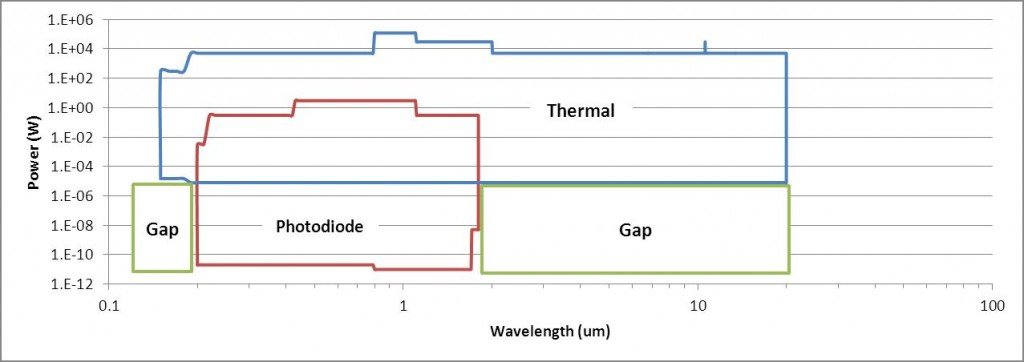




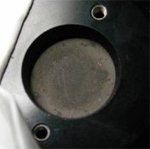

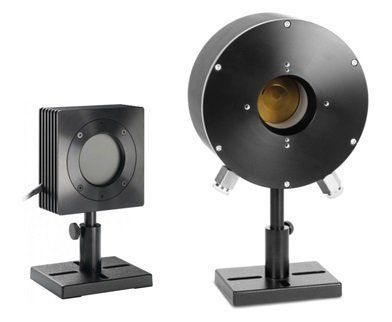
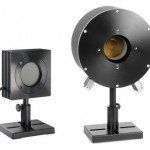

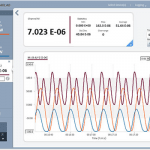


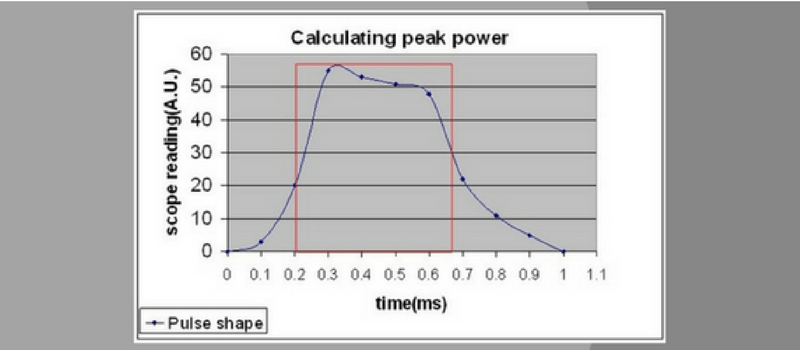
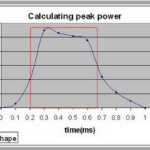
Leave a Reply
Your email address will not be published. Required fields are marked *